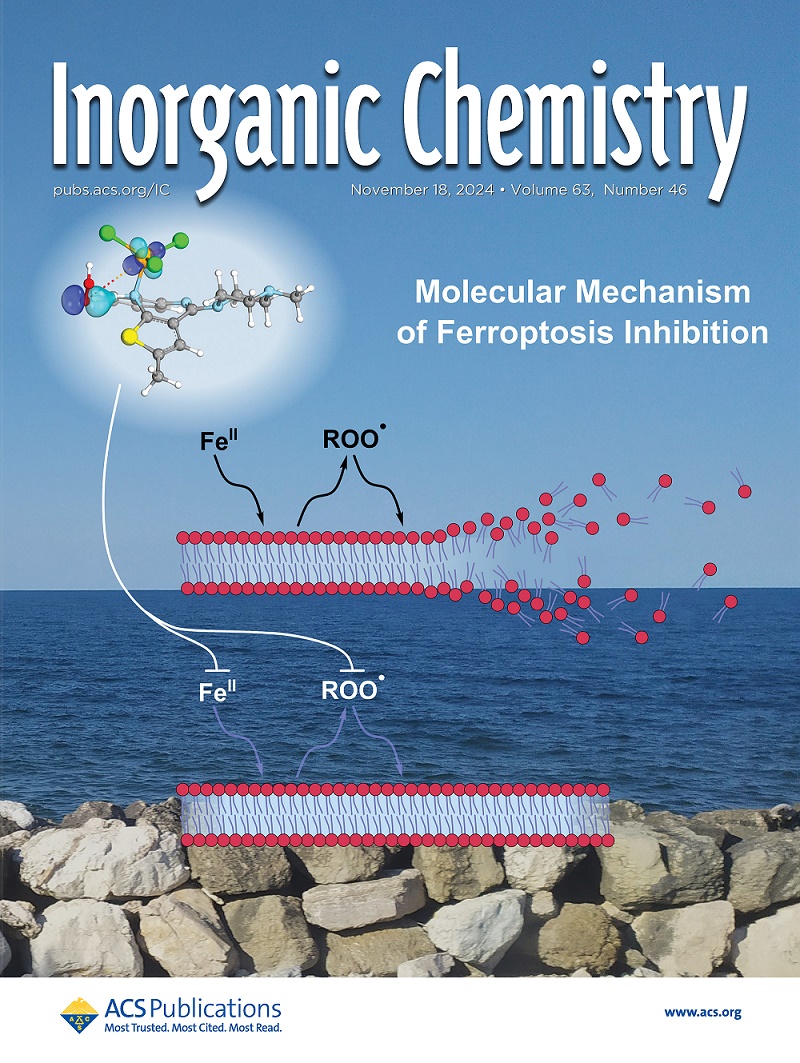MOF Etching-Induced NiCo-Embedded Hollow N-Doped Carbon Nanocube for Enhanced Ratiometric Molecularly Imprinted Electrochemical Sensing of Carbendazim
IF 4.3
2区 化学
Q1 CHEMISTRY, INORGANIC & NUCLEAR
引用次数: 0
Abstract
Metal–organic framework (MOF)-derived carbon materials are commonly used as sensing materials, but their limited accessibility to active sites and specific surface area restrict their applications. In this study, we proposed a simple method involving facile tannic acid etching and calcination to create NiCo-embedded hollow N-doped carbon nanocubes (NiCo@HNC) using MOFs as sacrificial templates. The resulting NiCo@HNC material has a large specific surface area, improved mass transport channels, and enhanced exposure of electroactive sites due to its unique hollow structure and high porosity, leading to enhanced electrocatalytic activity. Moreover, with the utilization of NiCo@HNC as a substrate material and dopamine as a functional monomer, a ratiometric molecularly imprinted electrochemical sensor was developed for the selective and sensitive detection of carbendazim (CBZ). This sensor demonstrated a wide linear range of 0.0003–10 μM and a low detection limit of 0.1 nM. In addition, the sensor was utilized for the accurate quantification of CBZ in actual carrot/strawberry samples with a recovery range of 96.0–103.0%, indicating its potential for practical application.

求助全文
约1分钟内获得全文
求助全文
来源期刊

Inorganic Chemistry
化学-无机化学与核化学
CiteScore
7.60
自引率
13.00%
发文量
1960
审稿时长
1.9 months
期刊介绍:
Inorganic Chemistry publishes fundamental studies in all phases of inorganic chemistry. Coverage includes experimental and theoretical reports on quantitative studies of structure and thermodynamics, kinetics, mechanisms of inorganic reactions, bioinorganic chemistry, and relevant aspects of organometallic chemistry, solid-state phenomena, and chemical bonding theory. Emphasis is placed on the synthesis, structure, thermodynamics, reactivity, spectroscopy, and bonding properties of significant new and known compounds.
 求助内容:
求助内容: 应助结果提醒方式:
应助结果提醒方式:


